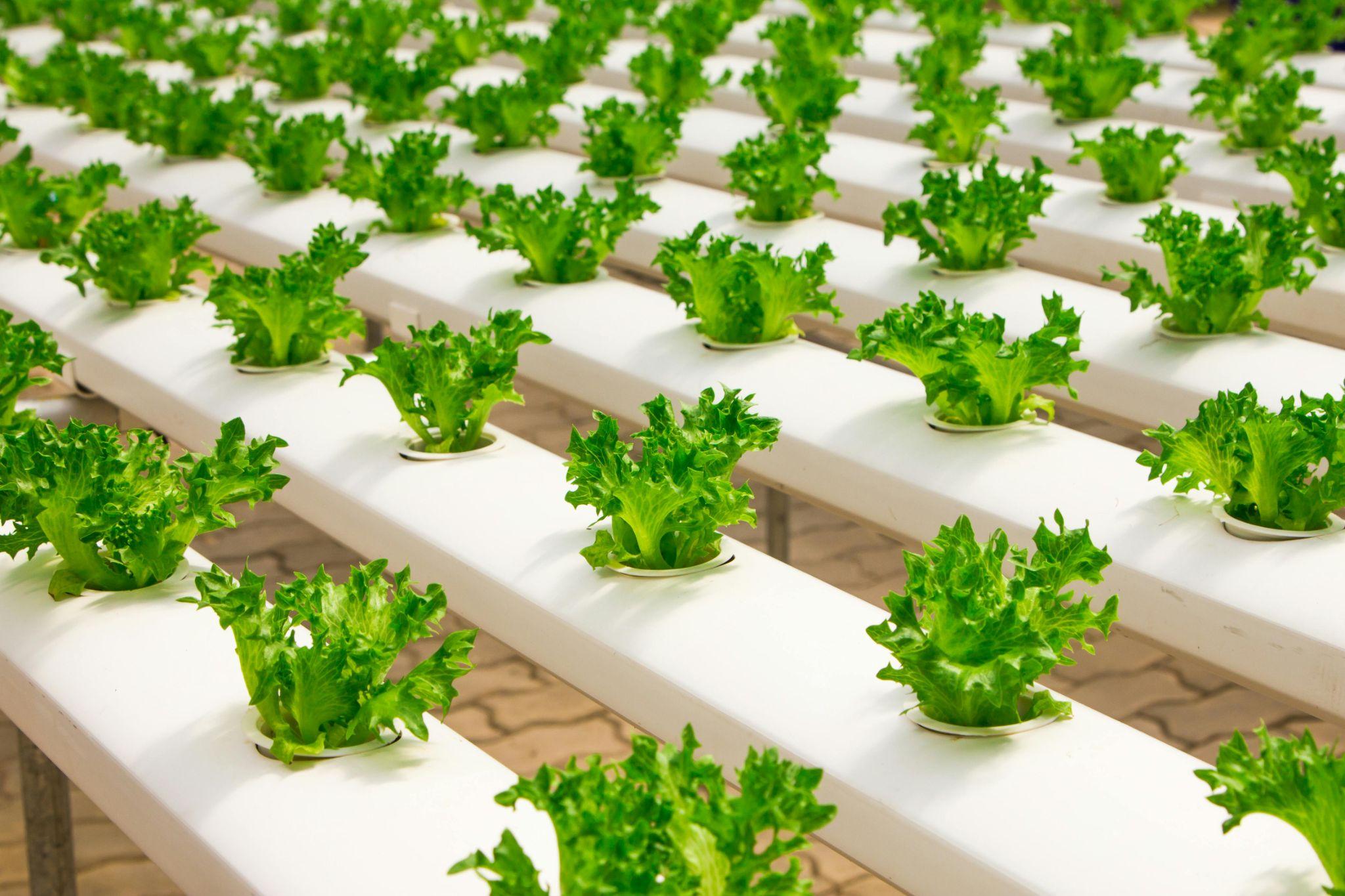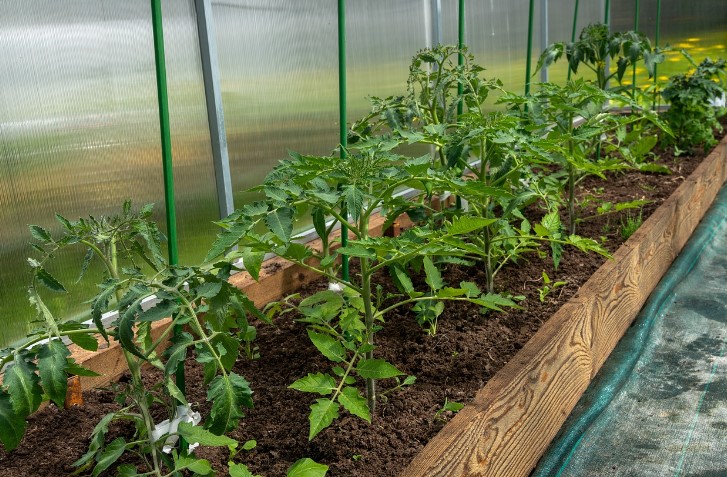Embarking on the journey to build a greenhouse on your property opens up a world of possibilities for gardening enthusiasts and sustainability advocates alike. A greenhouse isn't merely a structure; it's a gateway to extending your gardening season, cultivating a wider variety of plants, and embracing eco-friendly practices right in your backyard. Whether you're aiming to grow fresh produce year-round, nurture delicate plants, or simply create a serene space for relaxation surrounded by greenery, building a greenhouse requires careful planning and attention to detail. From selecting the perfect location to choosing sustainable materials and maintaining optimal conditions, here’s a comprehensive guide to help you realize your greenhouse dreams.
Choosing the Right Location and Design
The first step in building a greenhouse is selecting an optimal location. Choose a spot that receives ample sunlight throughout the day, ideally facing south to maximize exposure. Ensure the area is level and well-drained to prevent water buildup and structural issues. Next, consider the greenhouse design that best suits your needs. Options range from simple hoop houses covered in polyethylene plastic to more elaborate structures made of glass or polycarbonate panels. Each material has its advantages: glass provides excellent light transmission and durability, while polycarbonate offers better insulation and impact resistance.
Materials and Construction Process
Once you've determined the location and design, gather your materials and plan the construction process. Basic materials typically include treated lumber, PVC pipes or metal tubing for framing, and greenhouse covering materials such as polyethylene film or greenhouse-grade glass or polycarbonate sheets. Begin by constructing the frame, ensuring it is securely anchored to the ground. Install doors and ventilation systems strategically to maintain airflow and regulate temperature and humidity levels inside the greenhouse. Consider incorporating benches or shelving for efficient use of space and organization of plants.
Maintenance and Seasonal Considerations
After completing construction, ongoing maintenance is essential for the longevity and effectiveness of your greenhouse. Regularly inspect the structure for any damage or wear, particularly after severe weather conditions. Clean the greenhouse covering periodically to maintain optimal light transmission. Depending on your climate, consider installing additional heating or cooling systems to ensure plants remain comfortable during extreme temperatures. Implement a watering and fertilizing schedule tailored to the specific needs of your plants and monitor for pests or diseases regularly.
Resources for Sustainable Living and Greenhouse Information
Exploring sustainable living and greenhouse information resources can enhance your knowledge and support your greenhouse gardening endeavors. Websites dedicated to eco-living offer valuable insights into sustainable practices, including tips on reducing carbon footprint, conserving resources, and growing food at home. Many platforms provide comprehensive guides on building and maintaining greenhouses, covering topics from choosing sustainable materials to optimizing energy efficiency. Whether you're a novice or an experienced gardener, these resources offer inspiration and practical advice for creating a greener lifestyle. By leveraging online platforms focused on eco-friendly practices and greenhousing information, you can cultivate a thriving garden while contributing to environmental sustainability. Stay informed and connected to the latest advancements in sustainable gardening and eco-living to maximize your greenhouse's potential.

Connecting with Greenhouse Communities Online
Joining greenhouse communities online can provide valuable support and knowledge-sharing opportunities. Platforms such as forums, social media groups, and specialized websites allow you to interact with fellow gardening enthusiasts, exchange ideas, and troubleshoot common issues. These communities often feature discussions on greenhouse design innovations, plant care tips tailored to different climates, and sustainable gardening techniques. Engaging with like-minded individuals can inspire new projects and foster a sense of community around your greenhouse journey. Additionally, participating in online forums and groups enables you to stay updated on industry trends and emerging practices in greenhouse gardening and sustainable living.
Educational Courses and Workshops
Further, your knowledge of sustainable gardening through educational courses and workshops offered both online and locally. Many universities, botanical gardens, and nonprofit organizations host classes covering topics such as organic gardening methods, soil health management, and integrated pest management techniques suitable for greenhouse environments. These courses often include practical demonstrations and expert-led discussions, providing hands-on learning experiences to enhance your gardening skills. By participating in workshops focused on sustainable gardening practices, you can gain valuable insights into maximizing productivity while minimizing environmental impact within your greenhouse.
Embracing sustainable living practices and leveraging greenhouse information resources empowers you to create a thriving garden ecosystem that benefits both you and the environment. Whether you seek guidance on greenhouse construction, sustainable gardening techniques, or community engagement, online platforms and educational opportunities offer valuable resources to support your journey. By integrating eco-friendly practices and staying connected with greenhouse communities, you can cultivate a fulfilling garden experience while contributing to a healthier planet. Explore, learn, and grow sustainably to enjoy the rewards of greenhouse gardening for years to come.










